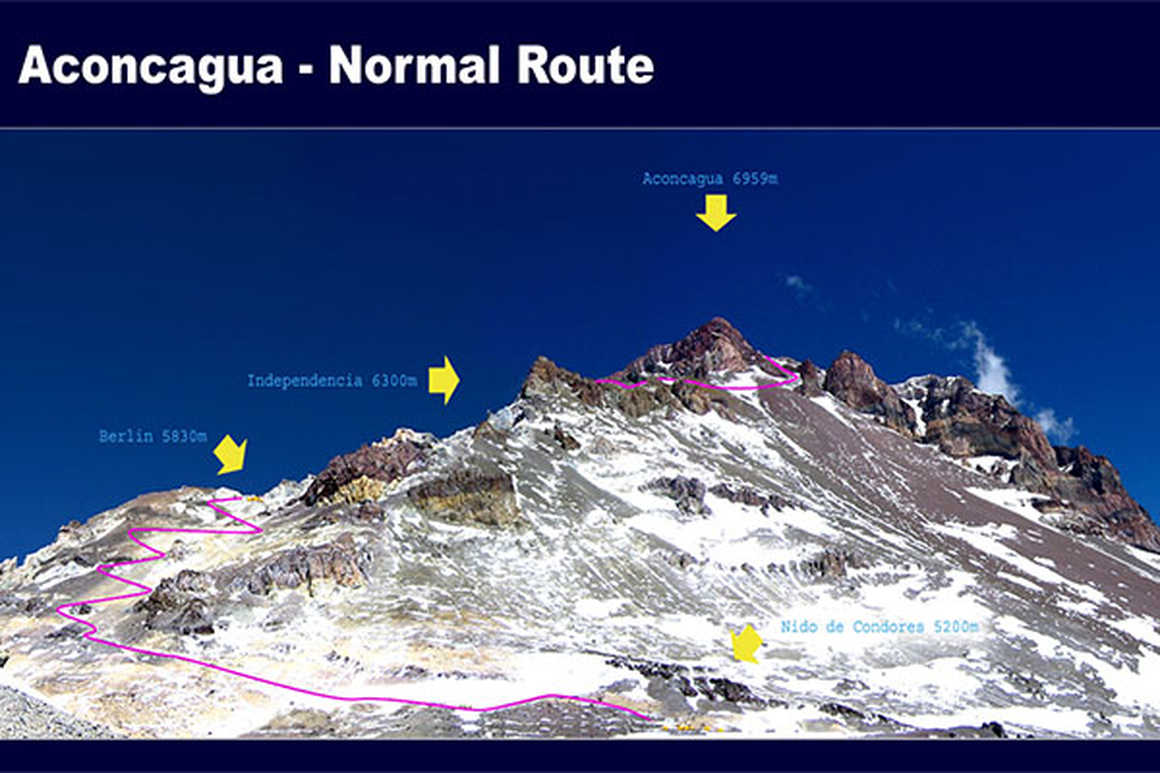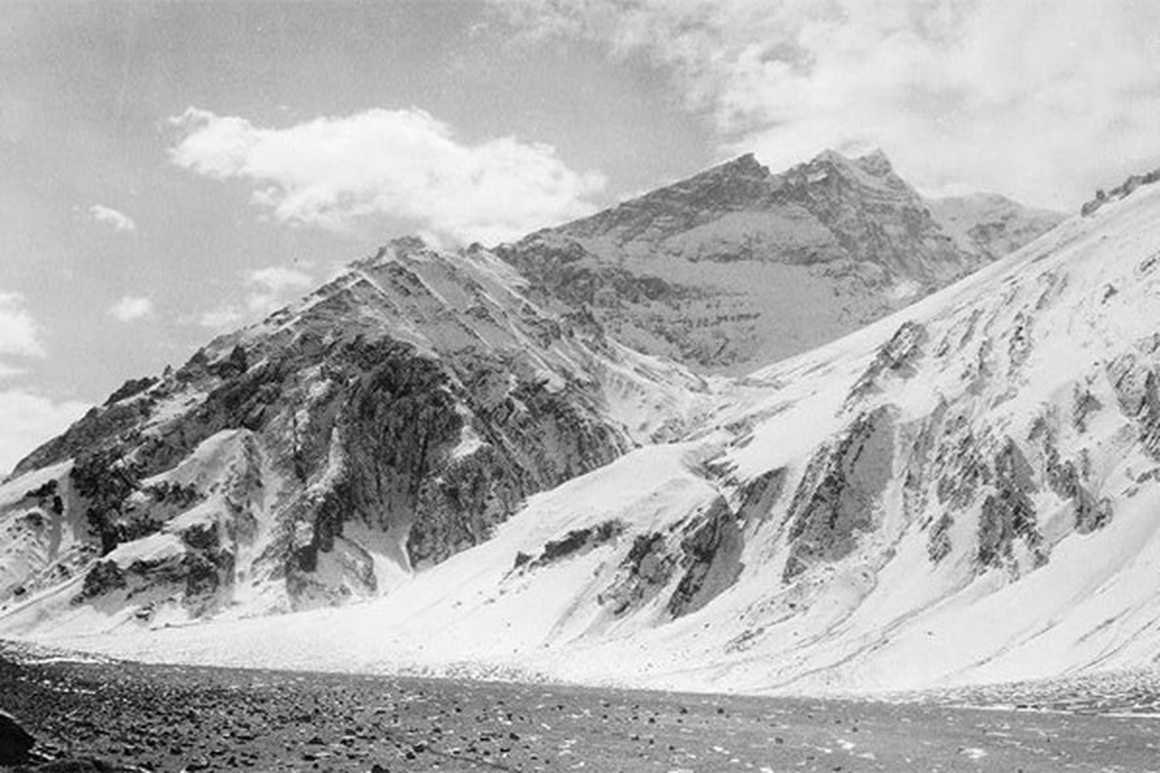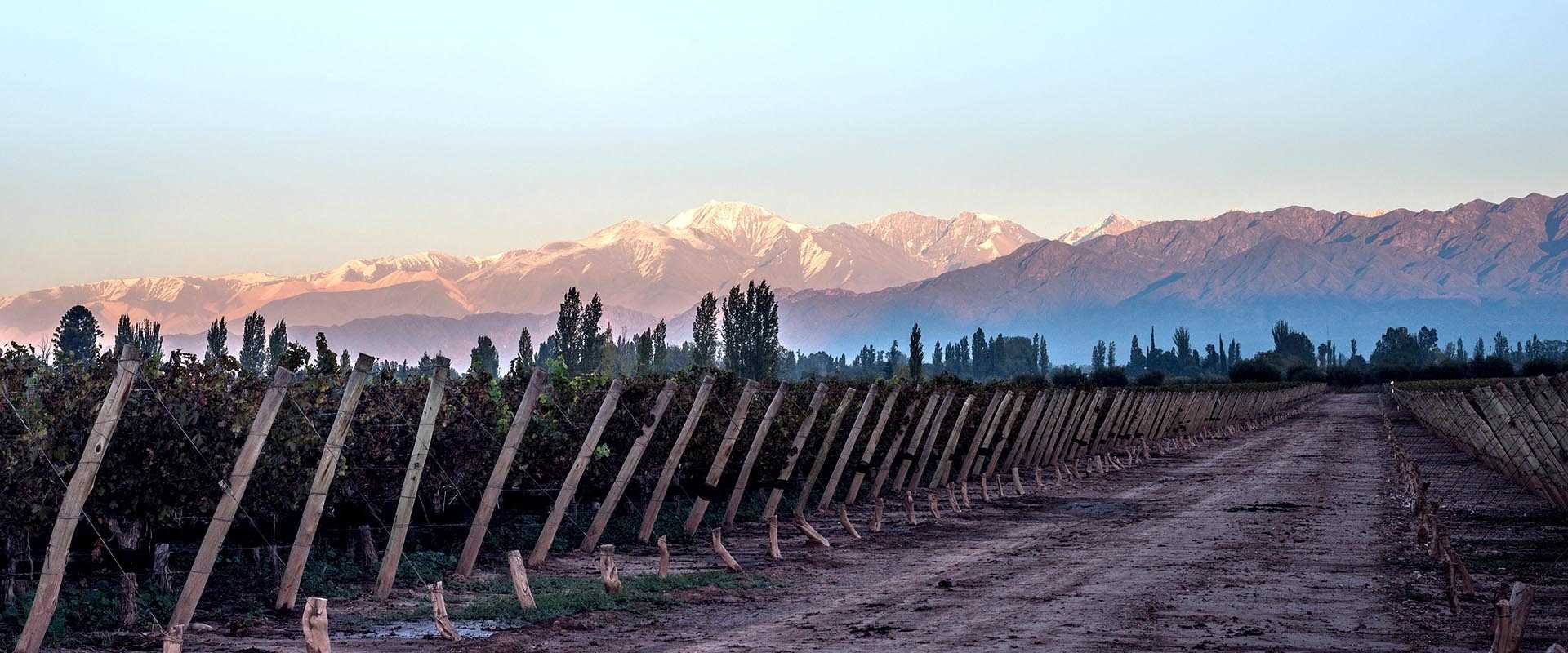As the highest mountain outside of Asia, Aconcagua has attracted a great deal of attention over its lengthy lifetime. From evidence of ancient Incas having climbed its beautiful slopes to the early European climbers in the 19th century to the record setting speed climbs of recent days, Aconcagua has a vast trove of fun facts and information that will keep any mountain enthusiast wanting to know more.
This article will take you through the history of the Aconcagua and the brave people who have conquered it, as well as shedding some light on some of the more miscellaneous facts.
If you are looking to climb Aconcagua, check out our deals here. Read also about recommended Aconcagua equipment.

Facts and Figures
Even the simplest of facts, the height of Aconcagua, has been contested over the last few centuries, largely because of Aconcagua’s location on the border between Argentina and Chile. In 1898, the border committees of Argentina and Chile declared the height of Aconcagua to be 23,390 feet and 22,830 feet respectively. Today, the widely accepted figure is 22,831 feet which indicates that the Chileans were on the right track!
Aconcagua and the various peaks surrounding it form part of the Andes mountain range that runs along the Argentine-Chilean border only 80 miles from the Pacific Ocean. The unusual combination of proximity to the sea and the sheer altitude of Aconcagua means temperatures on the summit can get well below freezing and icy winds have been recorded in excess of 50mph. That being said, if you climb Aconcagua during the correct times, the weather is much less likely to be an issue.
Despite the cold conditions, Aconcagua is a relatively easy climb and is entirely possible for non-technical climbers with little to no experience. This makes Aconcagua one of the most popular mountains in the world with about 3,500 climbers taking on the challenge each year. The success rate fluctuates around 60% each year, with failed summits largely due to altitude related issues. Proper acclimatization is essential for a safe and successful climb.
There are three main routes to the summit of Aconcagua: The Normal Route, the Polish Traverse Route and the Polish Glacier Route. The easiest and most popular of these is the Normal Route which is less technical than the other two routes. Typically, ice axes and ropes are not necessary for the Normal and Polish Traverse routes but are required for the harder and more technical Polish Glacier route, which, as the name suggests, involves crossing a glacier.

History of Aconcagua
While there is no hard evidence of native Incas having summited the mountain, there is reason to believe they ventured far up the slopes of Aconcagua. Mummified bodies and the remains of a guanaco, a type of humpless camel, have been found as high up as 17,000 feet with the latter lending its name to the ridge between the two peaks, now called the Cresto del Guanaco.
The first documented attempt on Aconcagua was by Paul Güssfeldt, a German mountaineer. Legend has it that he bribed some local men to be his porters by promising them that there was treasure on the mountain. On his first attempt he was forced to descend only 1,000 feet below the summit due to dangerously high winds.
Several years later, in 1897, a team lead by British explorer Edward Fitzgerald attempted to reach the peak by using a different route to that used by Güssfeldt. This become the Normal Route. It was only the team’s guide, a Swiss man named Mathias Zurbriggen, who reached the summit as other team members experienced altitude sickness just below the summit.
In more recent times, Aconcagua has been the target of many aptly named ‘mountain runners’. World renown endurance athlete Kilian Jornet completed the ascent and descent of Aconcagua in 12 hours 49 minutes in 2014, setting the record only for it to be broken two months later by a Swiss-Ecuadorean individual named Paul Egloff. He completed the round trip in 11 hours 52 minutes, which is the current record for the fastest ascent-descent of Aconcagua.
With 3,500 people attempting the climb each year, there is sure to be more interesting facts and figures coming out of the Aconcagua area in the future. Until then, why not make your own history by climbing the magnificent Aconcagua!










